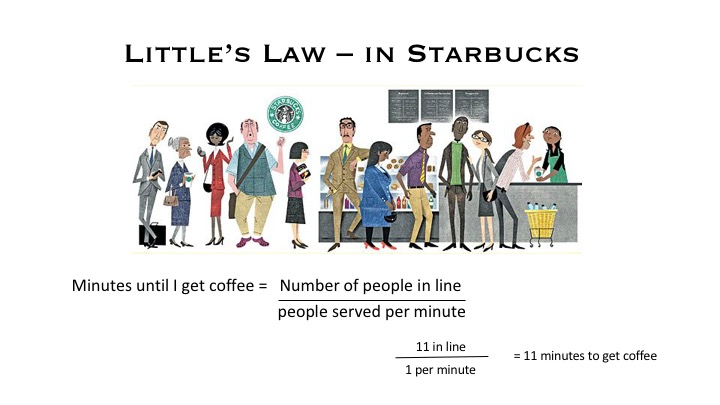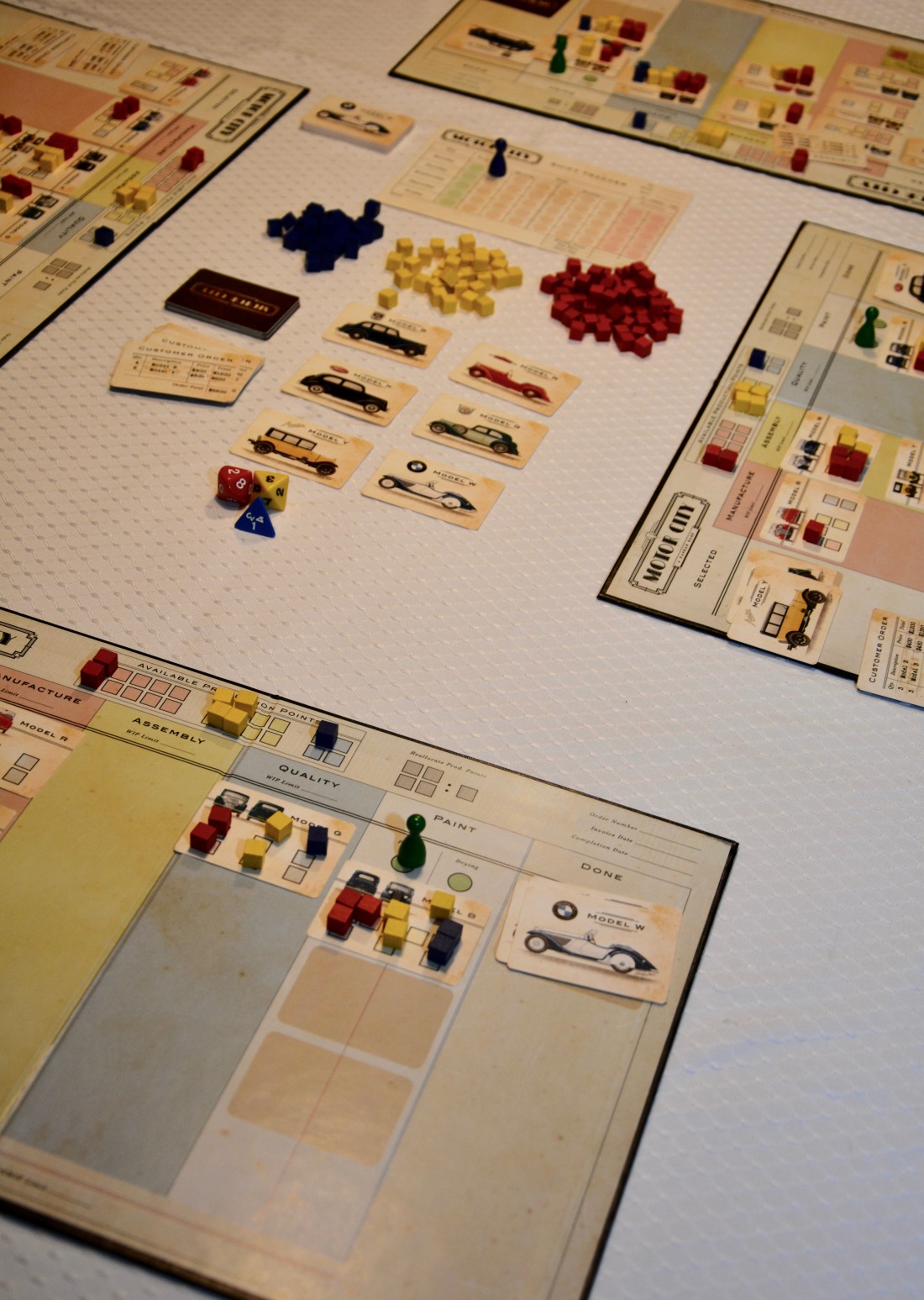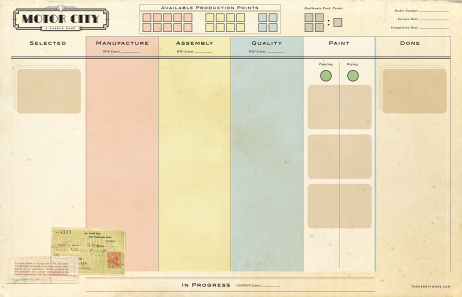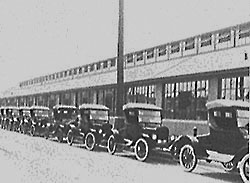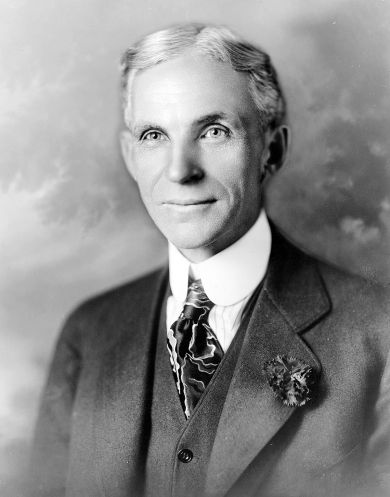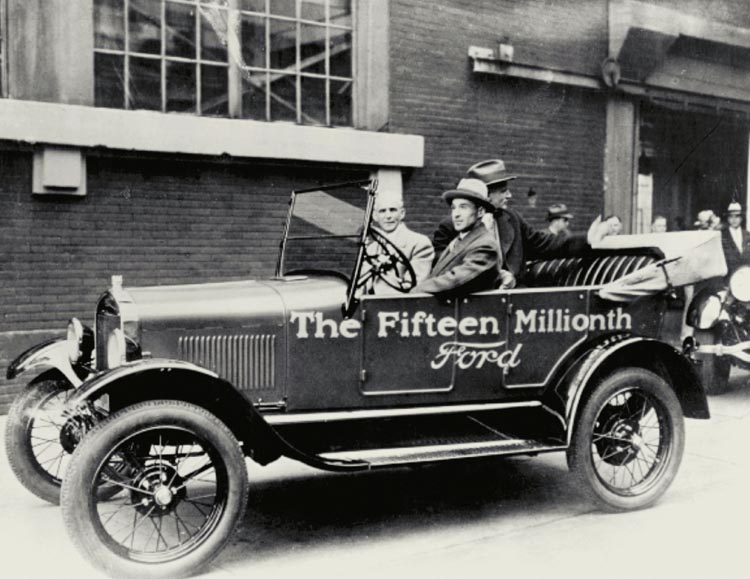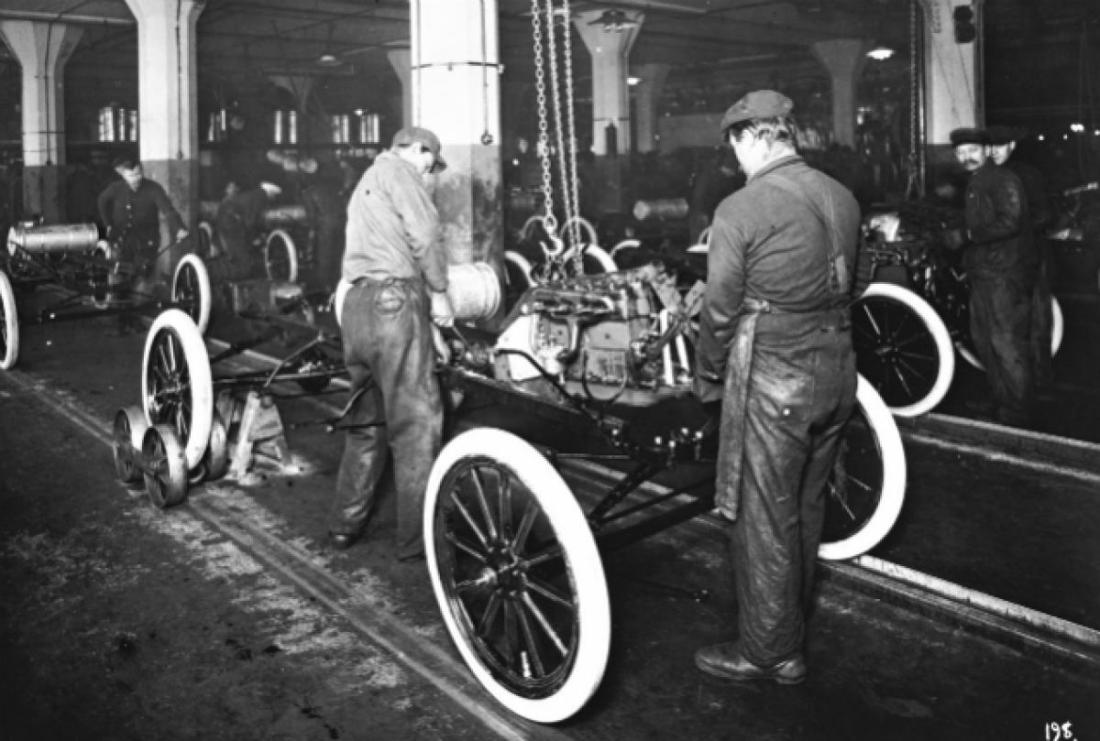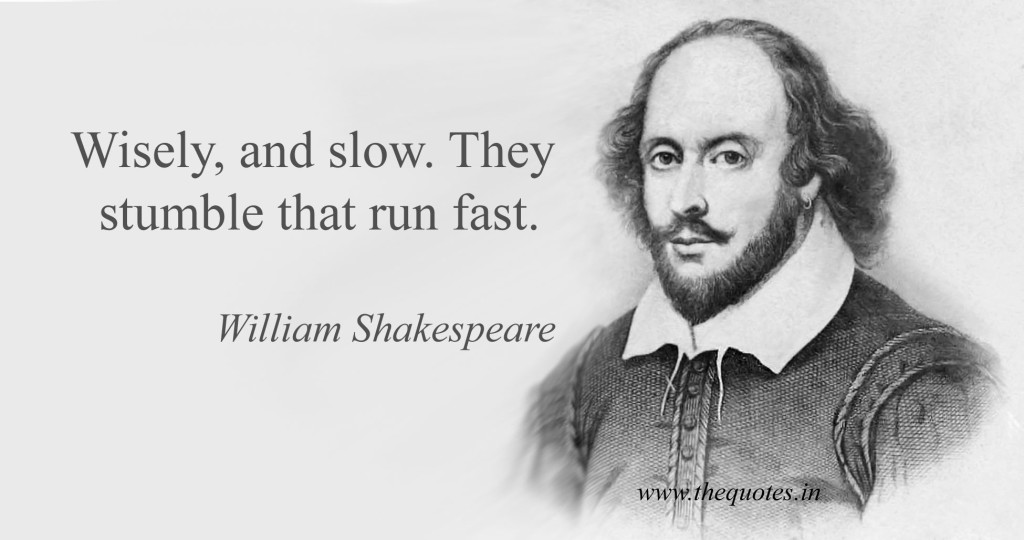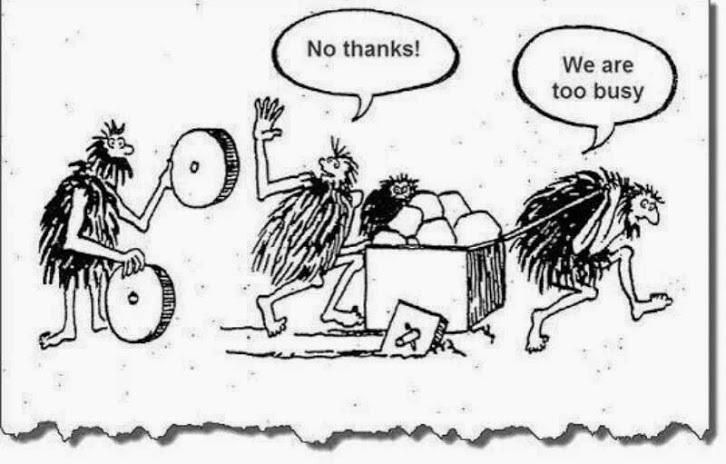Straw poll:
Should we teach practices and methods in the belief that an Agile mindset will evolve from the good practices?
or
Should we teach an Agile Mindset in the hope that with an Agile Mindset good practices will emerge?

I know of a few Scrum Masters and a few Agile Coaches in each camp, and some that feel very strongly on this topic. And of course the choice lies at the heart of most Agile Transformations and the outcome will therefore be far reaching.
Method over Mindset
Around 10 or 11 years ago I was introduced to a new way of managing projects and a new software tool for doing it. I was trained in how to use the software, but not in the theory behind the tool.
We are what we repeatedly do. Excellence, then is not an act but a habit.
– Aristotle
The tool was amazing, it really blew my mind. As a Project Management tool/method it made more sense than anything I had used previously and I loved it, I happily used the tool and got good results. But despite having the tool I never learned the theory and didn’t even know where to look to find out more. No lack of interest or enthusiasm but I was content to use the methods and it helped in my current situation but I was never able to make the leap to more than a method despite my enthusiasm.
It is a little beside the point but the tool was Critical Chain for Project Management and before I was introduced to Agile I thought this was the best option out there for Waterfall projects (probably still is). Sadly despite it being so great, it was still based on the assumption that the end state was known at the start of the project, which for me is the ultimate failure of Waterfall thinking, and my primary reason for moving to Agile.
Only much later did I discover the theory behind the tool was The Theory of Constraints and the 5 focusing steps, IF only I had been shown that and I feel my enlightenment would have come much sooner. But a method without understanding the theory leaves you unable to adapt and improve, I was limited to the context in which I was shown.
What is more I had a co-worker that struggled with the concept of slack and wanted to follow the method apart from that one aspect – the lack of understanding left him unable to differentiate between a necessary aspect of the method and an arbitrary one, and ultimately for him the tool didn’t work because he rejected the necessity for slack.
A lack of understanding of the theory leaves you unable to differentiate between a necessary aspect of a method and an arbitrary one.
– John Yorke
Method over Mindset, the Return on Investment
Another consideration is that teaching theory takes considerably longer and has a much lower conversion rate. That is to say that I could teach the Scrum framework fairly quickly – a matter of days, and be pretty confident that the instructions are clear and ‘could’ be followed effectively. To take that same group and to teach them the theory to the point of understanding the why behind each of the practices could take weeks or months, and likely longer before they are fully understood. It is also possible that some will never grasp the theory but are still perfectly capable of being good team players.
Continuous improvement is better than delayed perfection
– Mark Twain
Many organizations are interested in the short-term results rather than long-term understanding and so there is a desire to do the least for the most impact. So we see the evolution of phrases like ‘Scrum-but’ as a means to discourage deviation from the defined framework. Our goal becomes to repeat, rather than understand.
Mindset over Method

If you want to build a ship, don’t drum up the men to gather wood, divide the work and give orders. Instead, teach them to yearn for the vast and endless sea!
– Antoine de Saint-Exupéry
The flip side of this is the desire to teach/show the impact of having an Agile Mindset and then having the individuals identify a solution using that knowledge.
Clearly this is a much greater challenge, even those with an Agile Mindset will initially lack any practical applications to draw upon, even the most Agile of mindsets is limited to what they have experienced or read about, and contriving a new bespoke process to your environment may ultimately be the most desirable solution. However, it is impeded by the ability to share that vision and understanding with others, and limited by your understanding, ability and creativity. And frankly do we really think that we are able to come up with a better framework than Kanban or Scrum on our first pass at an Agile Transformation?
A middle ground?
As you have probably guessed I am not a fan of either approach. I believe that most people will not become Agile overnight and even the most eager of minds will take time to absorb and understand the implications and possibilities of Agile.
I further believe that teaching Scrum as a closed framework that must not ever be deviated from is not the solution. Instead I would compare it to learning any new skill, we teach good practices and when you have mastered them you are ready to move on, we may teach a variety of good practices so you have some comprehension of the possibilities available, that way you do not limit your thinking so just one solution.
But we learn to master the basics, and we learn to question ‘why?’ when we feel we have mastered the basics and we understand why, only then we are in a position to start to evolve.
Applying Lean and XP and Kanban to the Scrum framework can let you grow in understanding within a safe set of guidelines. And when you understand the mindset enough to comprehend the limitations then maybe you are ready to craft your own solution.
If you can’t explain it to a six year old, you don’t understand it yourself.
― Albert Einstein
Why I recommend Scrum
Personally I love Scrum as a foundation for a transformation to Agile for those undertaking software development projects, not because I believe it is better than Kanban or other tools, but because to succeed with Kanban you need a level of self-discipline and understanding that is often absent for those new to Agile, and it becomes far to easy to gold plate or run long.
Scrum adds some safety nets and feedback loops that counter many of the usual “human nature” problems that arise from teams new to self-organization. Self-organization is a skill we need to learn and develop like any other. Scrum is so simple to learn, and easy to follow (if you are willing) and once you understand the Agile mindset it is a great framework for evolving into a great Agile team. But like any tool if used inappropriately you can make a mess. But any change requires a good guide.
That being said for support or reactive work Kanban is ideal as the discipline generally comes from outside. It is never a one size fits all.

Method without mindset can only take you so far
Teaching the mechanics without teaching the theory is only half the task and whilst it is sufficient for many consultants to get paid, what they leave behind is a culture unable to improve, and without improvement entropy will set in. I believe both some guidance on the mindset and instruction in some methods are both necessary for a successful Agile Transformation, along with a healthy amount of enthusiasm and patience from those leading the transformation.



